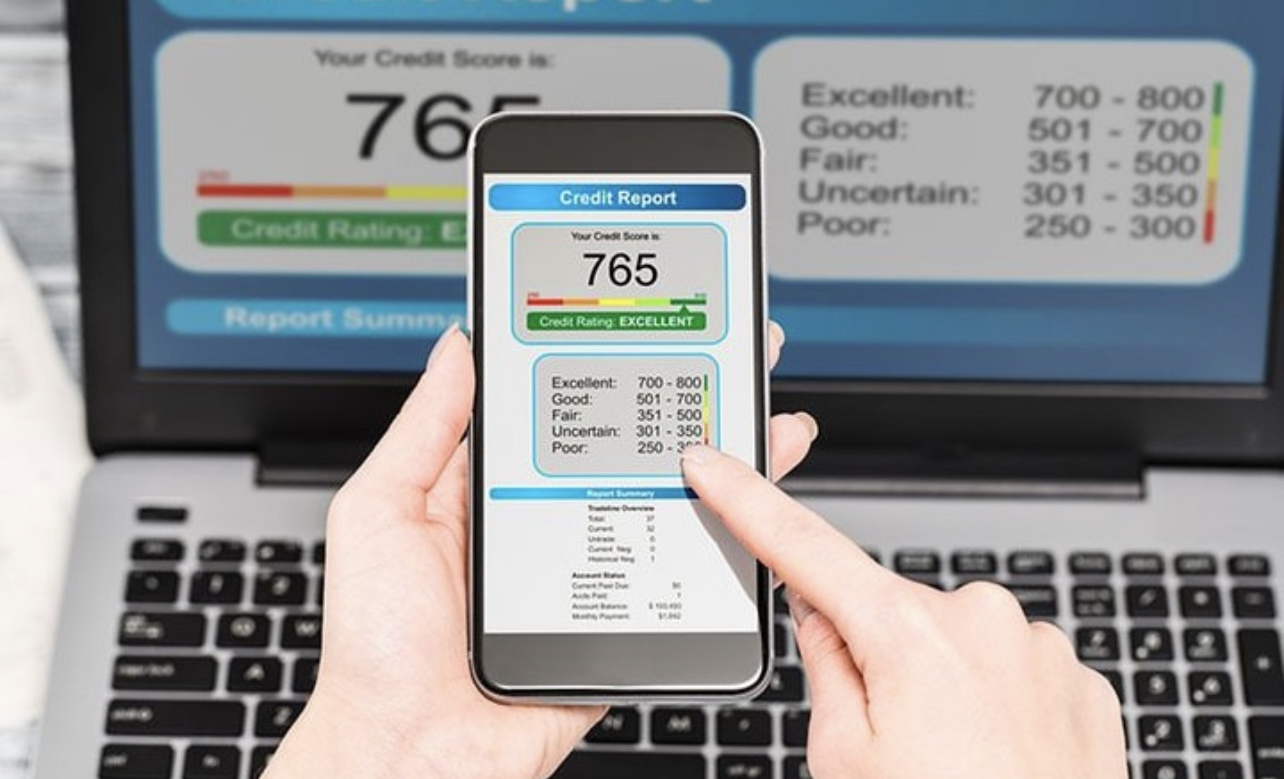Uncover the Top Secret Strategies for Confidence-Boosting Credit Repair
- Yorlene Cintra

- Apr 5
- 4 min read
Achieving financial freedom often hinges on having a healthy credit score. Many individuals wrestle with credit challenges, leading to feelings of frustration and helplessness. But you can turn this situation around! With effective strategies and practical steps, you can embark on a journey toward credit repair that not only enhances your credit score but also boosts your confidence. This post will reveal powerful credit repair techniques anyone can use to achieve financial growth.
Understanding Credit Scores
Your credit score is a three-digit number that indicates your creditworthiness. Lenders use this score to evaluate your eligibility for loans, credit cards, and even job applications. Credit scores typically range from 300 to 850, with higher numbers signifying better credit health.
To take control of your credit score, it’s essential to understand the components that shape it. These include:
Payment History (35%): This is the most crucial factor. For example, one late payment can drop your score by 50 points.
Credit Utilization (30%): This ratio indicates how much of your available credit you’re using. Aim to keep it below 30%. If your limit is $10,000, try to keep your balance below $3,000 for optimal impact.
Length of Credit History (15%): A longer credit history generally leads to a better score. For instance, accounts over three years old help establish a reliable credit history.
Types of Credit in Use (10%): A diverse mix of credit accounts—credit cards, loans, and mortgages—can enhance your score.
New Credit (10%): Multiple inquiries for new credit within a short timeframe can lower your score. It’s best to limit applications to when you truly need new credit.
Step 1: Obtain Your Credit Report
The first practical step toward improving your credit is to obtain a copy of your credit report. In the U.S., you can get one free report each year from the three major credit bureaus: Equifax, Experian, and TransUnion. Check your reports closely for errors.
Errors can occur due to outdated information, typos, or even identity theft. Fixing just one minor error could potentially increase your score by as much as 100 points. If you spot inaccuracies, dispute them directly with the credit bureau for prompt resolution.
Step 2: Create a Payment Plan
If you have existing debts, especially on credit cards, creating a manageable payment plan is vital.
Start by prioritizing debts based on interest rates and balances. For example, if you have three debts of $500, $1,000, and $2,000 at varying interest rates, focus on paying off the debt with the highest interest first. Consider utilizing the debt snowball method, where you pay off your smallest debt first to gain momentum. This method can help you stay motivated as you see quick wins.
If you're struggling financially, don’t hesitate to reach out to your creditors to negotiate for lower interest rates or more flexible payment plans. Just last year, over 30% of consumers successfully negotiated lower interest rates, allowing them to save money over time.
Step 3: Enhance Your Credit Utilization Ratio
As previously discussed, credit utilization significantly affects your credit score. To improve this important ratio, aim to lower your total credit card balances.
One effective approach is to make payments several times a month instead of waiting for the due date. This helps keep your balances low before credit bureaus assess your utilization ratio. For example, by making a $100 payment after every paycheck, you can maintain lower outstanding balances and effectively improve your credit utilization ratio.
Additionally, if you can, consider requesting a credit limit increase. Just ensure you resist the temptation to increase your spending. A limit increase can help lower your utilization ratio, which could result in a higher credit score.
Step 4: Become an Authorized User
A smart strategy to boost your credit score is to become an authorized user on someone else's credit card, ideally someone with a solid credit history.
As an authorized user, you benefit from their positive credit behavior without having to take on full responsibility for payments. For example, if a family member consistently pays their balance, their good credit habits can reflect positively on your credit history, helping to improve your score over time.
Step 5: Diversify Your Credit Mix
Developing a diverse credit mix can positively impact your credit score. For instance, if all your credit accounts come from credit cards, consider applying for a secured loan or an installment loan, such as an auto loan.
When applying for new credit, proceed cautiously. However, when managed responsibly, adding variety to your credit types can help improve your score in the long run. Be sure you can handle any new debts responsibly to avoid slipping back into bad credit habits.
Taking Charge of Your Financial Future
Credit repair isn’t just about fixing a number; it’s about regaining control over your financial future.
With the strategies outlined above, you can start your journey toward a better credit score and renewed financial confidence. Remember, progress takes time and determination. Your journey is a marathon—not a sprint.
Every small step you take leads to significant improvements that empower you to take charge of your finances. Prioritize your credit repair efforts, and soon you will find not only a boost in your score but a transformation in your financial mindset.
Take Action Today
With this information, it’s time to take action. Begin by obtaining your credit reports, creating a solid payment plan, and implementing these strategies. Your financial future is within reach, and confidence is just a few credit repairs away.






Comments